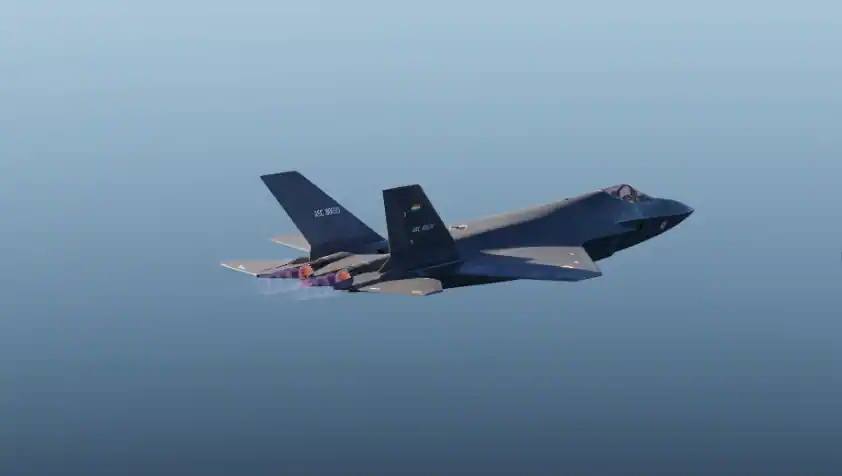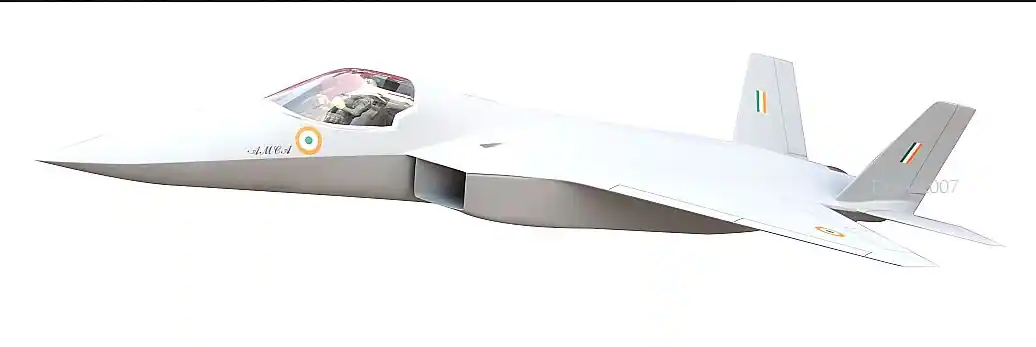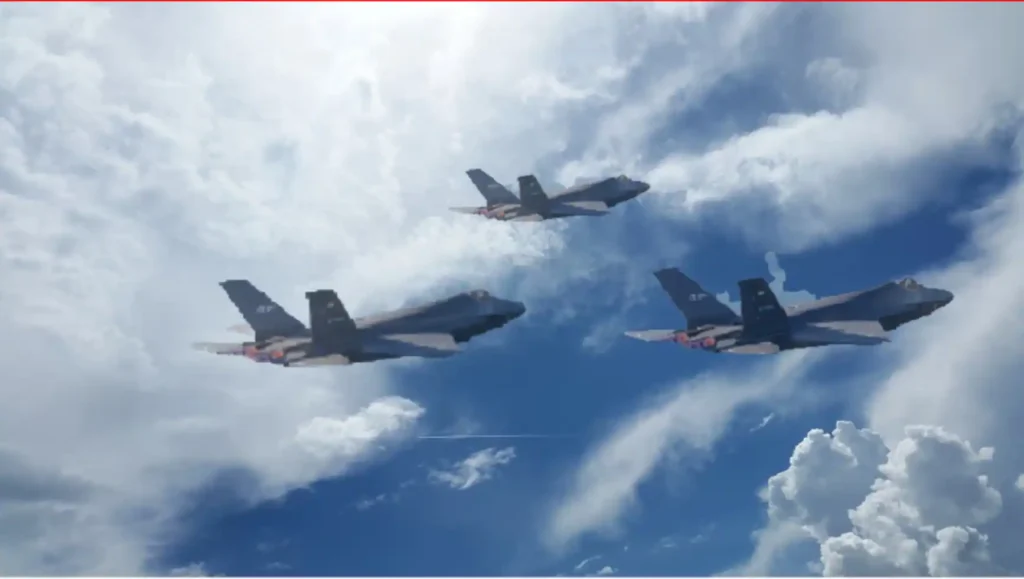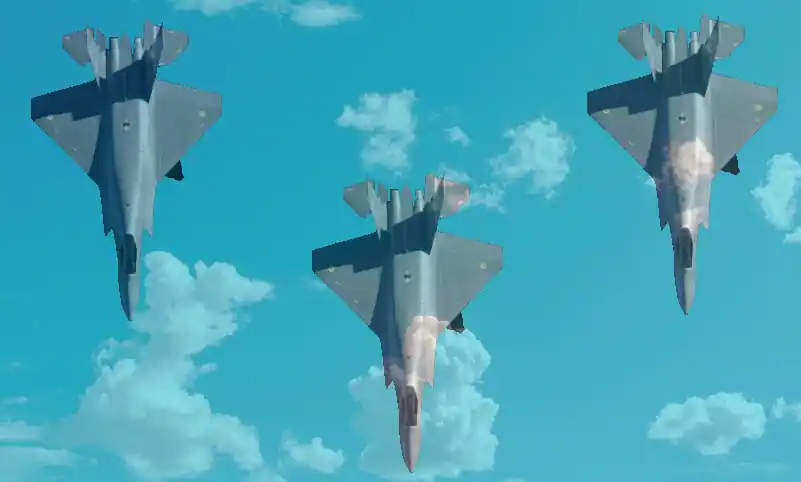
Recent advancements in India’s Advanced Medium Combat Aircraft (AMCA) program have been noteworthy. Now let’s examine the most recent developments:
Complete Approval for Development
The Cabinet Committee on Security (CCS) has granted the go-ahead to proceed with the development of the AMCA, an indigenous fifth-generation fighter jet.
This initiative is being spearheaded by Hindustan Aeronautics Ltd. and the state-run Aeronautical Development Agency (ADA).
- 150 trillion rupees, or $1.8 billion, have been allocated to the project for full-scale design, development, flight testing, and certification.
- There will be five prototypes, and the first flight is scheduled for late 2028.
- Seven squadrons of these advanced aircraft are the goal of the Indian Air Force.
- The Defense experts suggests 2035 as the goal year for the series production, even though the government has not officially announced it.
Operational Timeline
According to former Indian naval aviation test pilot K.P. Sanjeev Kumar, the AMCA may receive final operational clearance by 2040 or later.
- General Electric F414-powered Mk-1 aircraft will be delivered to the first two AMCA units.
- Afterwards, the AMCA Mk-2, which will have bigger engines and it will cruise at supersonic speeds, will be delivered to the following five squadrons.
- A foreign partner will collaborate to co-develop the new engine including thrust vector control. Design and Development
The AMCA’s design was completed in 2022, with development having started in 2008.
- It passed a key design review at the platform level in December. This program is a continuation of India’s previous indigenous fighter, the Tejas, which took 15 years from its first flight to induction into an operating squadron.

India’s ambitious project, the Advanced Medium Combat Aircraft (AMCA), intends to create a fifth-generation stealth fighter. Let’s examine its main attributes:
Technology Stealth
Advanced stealth features are built into the AMCA to reduce radar detection. Among them are:
Air Intake Serpentine
minimizes exposure to radar and conceals engine fan blades.
The ability to carry explosives internally improves stealth thanks to the internal weapons bay.
Materials that absorb radar are often used in the airframe.
Integrated into the aircraft frame are conformal antennas.
Modern avionics and sensors are integrated into the AMCA. These include:
A system of distributed processing makes use of intelligent subsystems and quick processors.
Monitoring of Integrated Vehicle Health Combining sensor data to evaluate health in real time.
Radar Uttam AESA bigger and more potent, using the technology of gallium nitride (GaN).

Mission Abilities
India’s ambitious project, known as the improved Medium Combat Aircraft (AMCA), aims to create a fifth-generation fighter jet with improved capabilities. Let’s examine its armaments package in more detail:
1. Weapons from Air to Air:
Close Combat Missile: These are short-range weapons intended for close-quarters combat with adversarial aircraft.
– Outside of Visual Range Missile: These missiles increase the combat reach of the aircraft by engaging objects that are outside the pilot’s field of vision.
2. Weapons from Above the Ground:
– Joint Direct Attack Munitions (JDAM): These precision-guided weapons enable precise attacks against targets on the ground.
– Precision Guided Munitions: These weapons reduce collateral damage by being made for specified targets.
3. The AMCA’s characteristics
– Multi-Mission Capabilities: The AMCA is capable of carrying out a range of tasks, including as special missions, air-to-ground strikes, and air-to-air combat.
The AMCA is meant to fulfill several functions:
Ground Strike: Targeting precise targets on the ground.
Air supremacy: controlling the sky.
Disrupting enemy communication and radar systems is known as Electronic Warfare (EW).
Suppression of Enemy Air Defenses (SEAD): neutralizing hostile air defenses. It is intended to replace the Indian Air Force’s main fighter, the Sukhoi Su-30MKI.
Supersonic Persistence: The AMCA has a long range of high speed endurance.
The All-Round Missile Warning System improves survivability and situational awareness.
Capacity for Weapons and Fuel: The AMCA’s internal fuel tank can hold 6.5 tons of fuel.
Its internal weapons bay may hold a wide variety of armaments, including weapons made locally.

